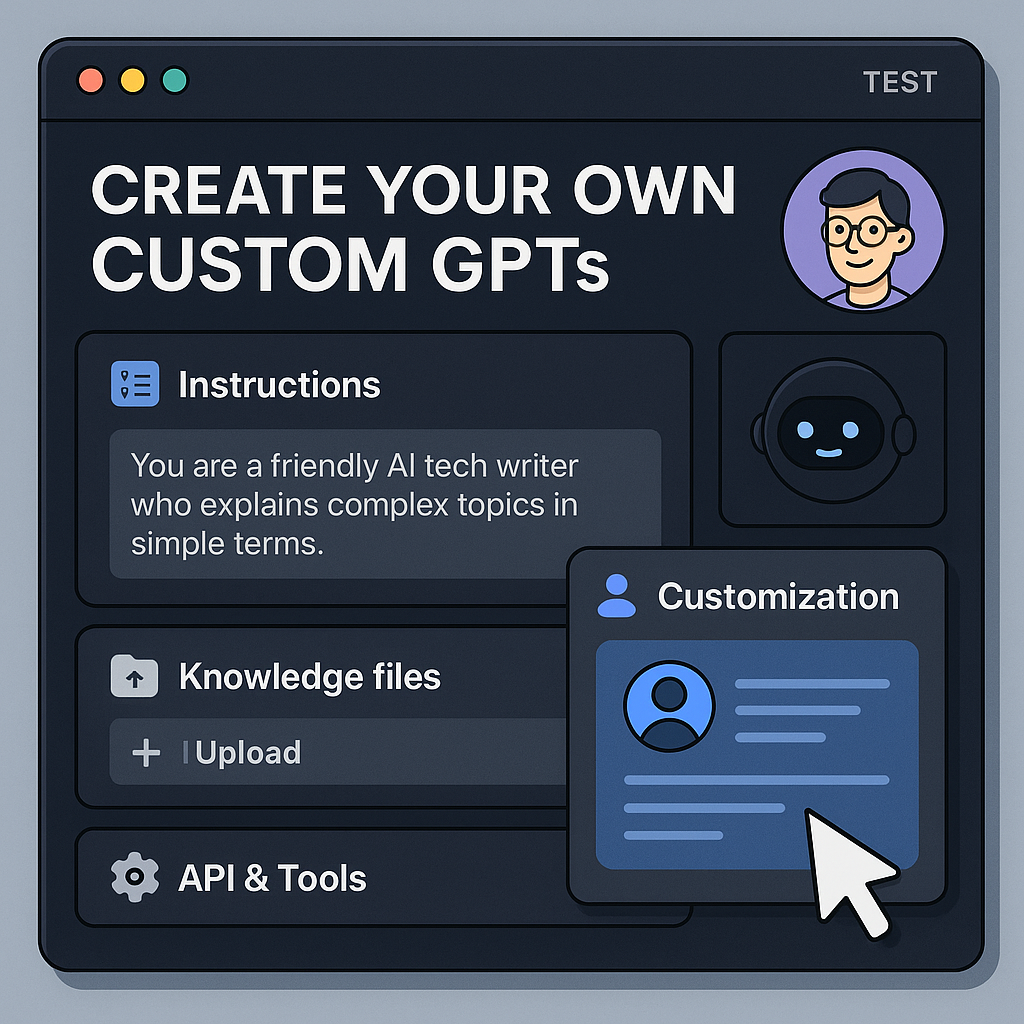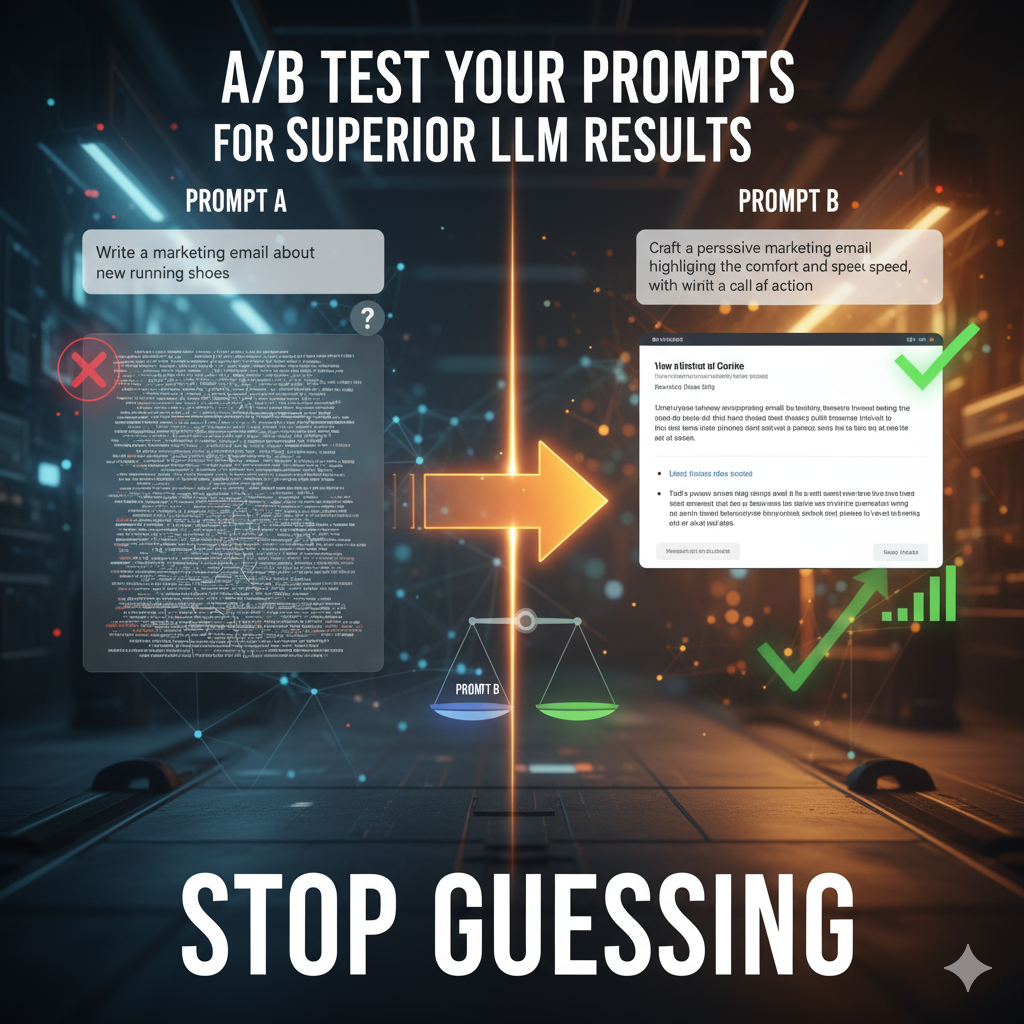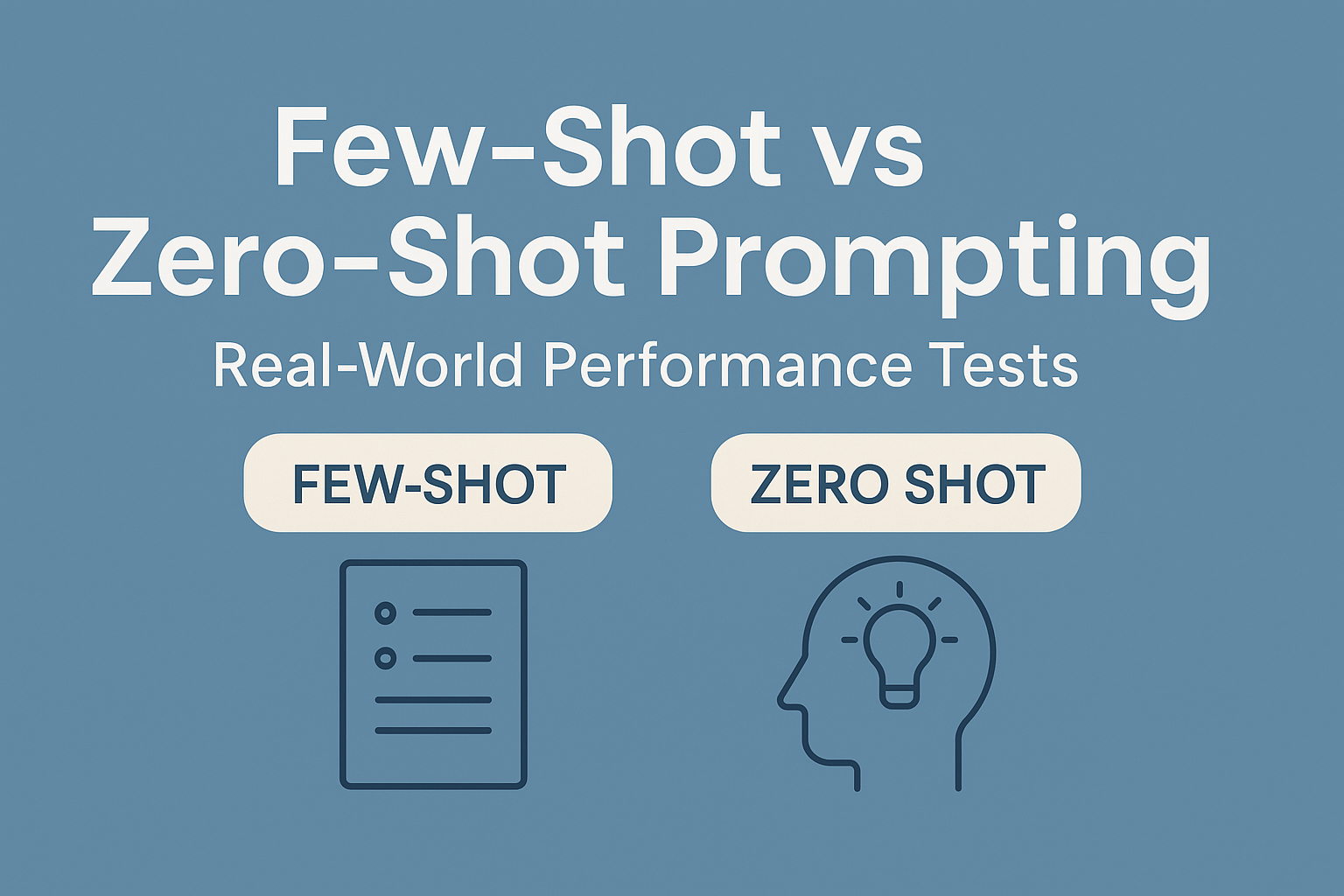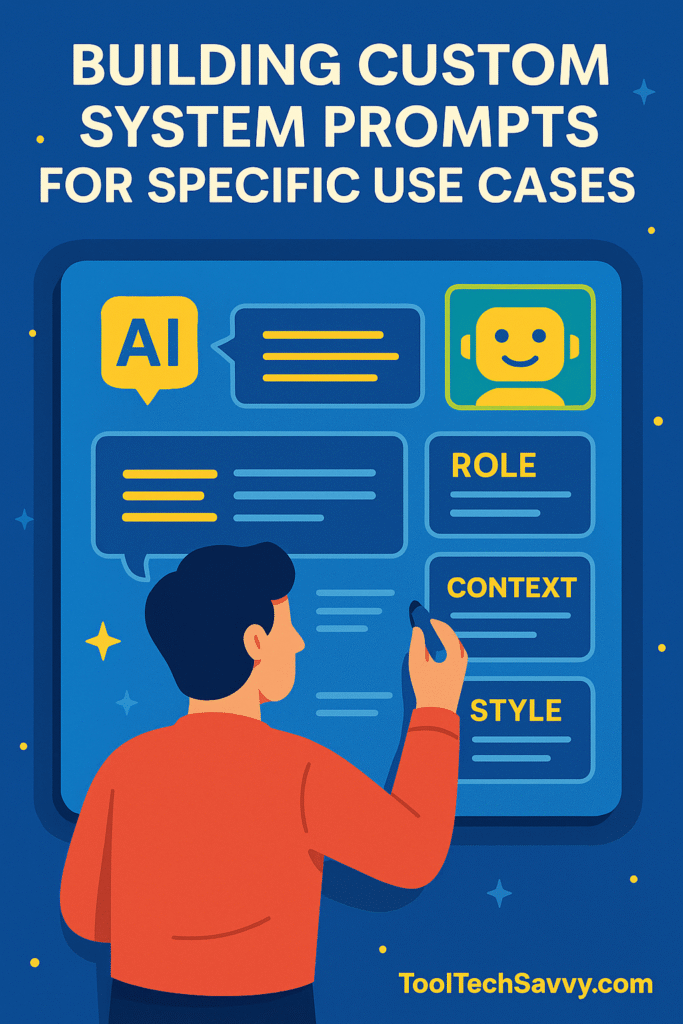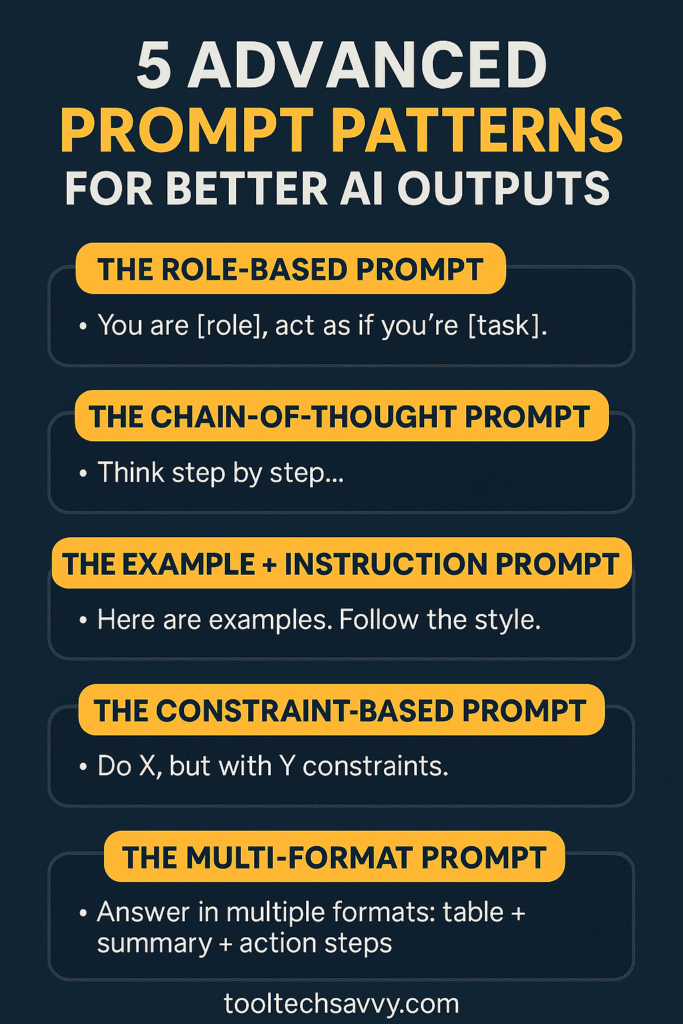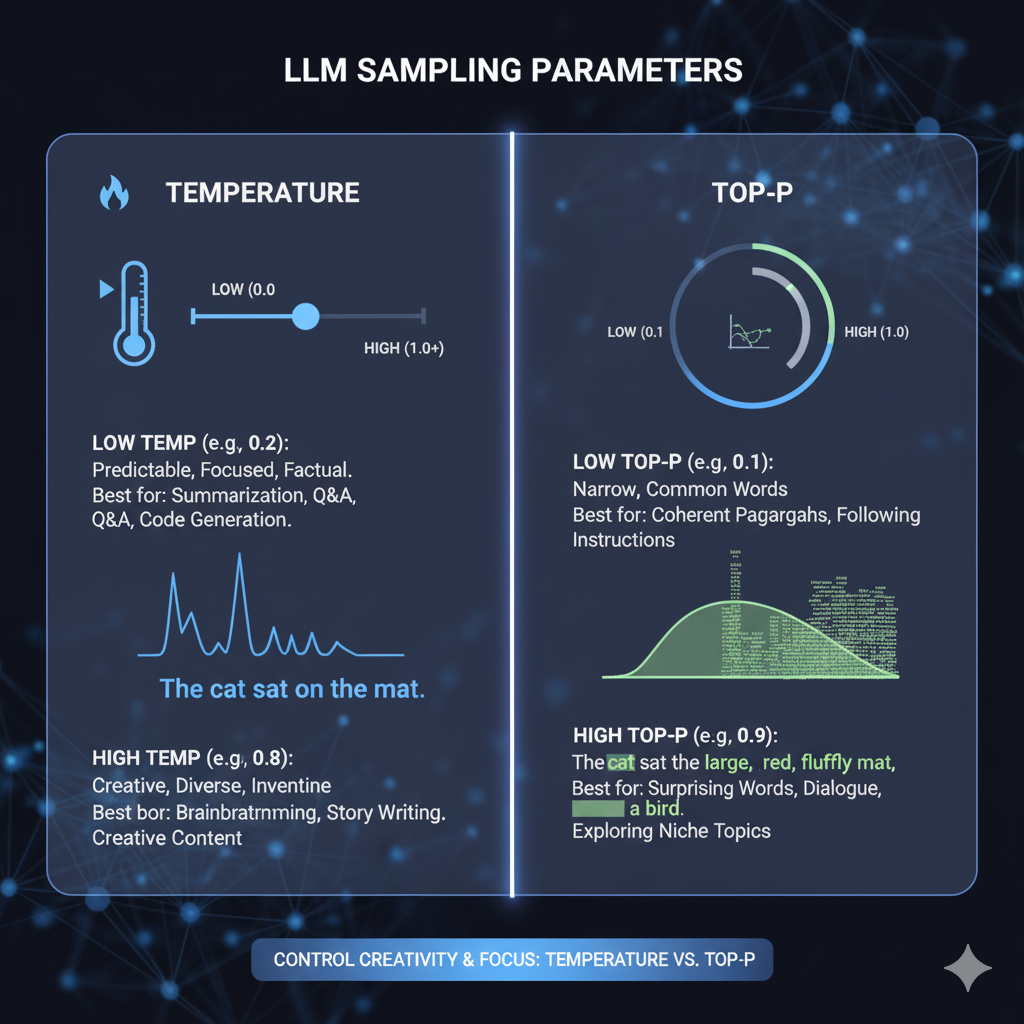The Persona Paradox: When Role Prompting Drives Superior AI Performance
Role prompting—instructing an AI to adopt a specific persona like “act as a senior software engineer” or “you are an expert marketing consultant”—has become ubiquitous in the AI community. But does telling an AI to “act as” something actually improve results, or is it just theatrical window dressing? The answer, like most things in AI, […]
The Persona Paradox: When Role Prompting Drives Superior AI Performance Read More »


